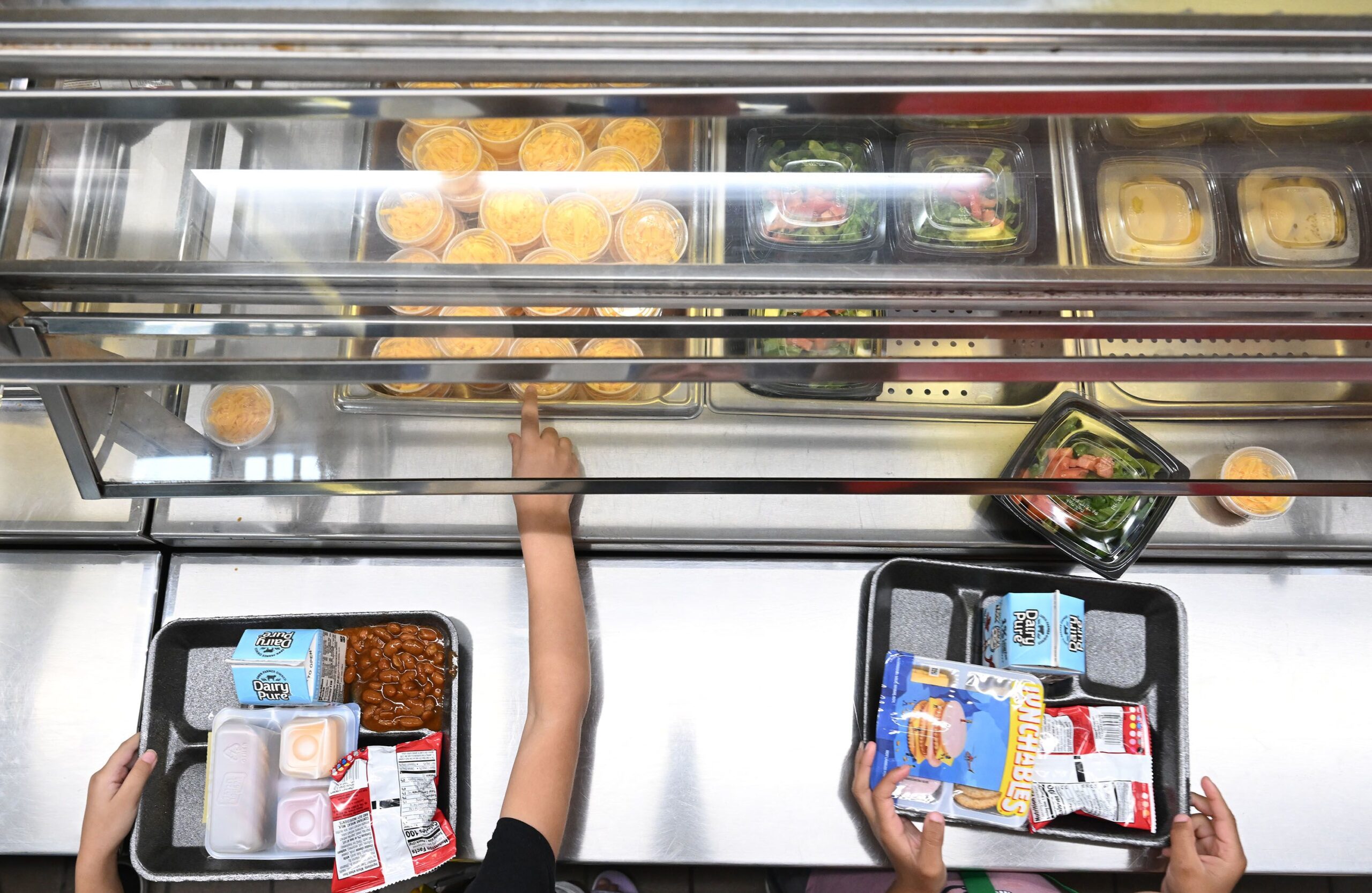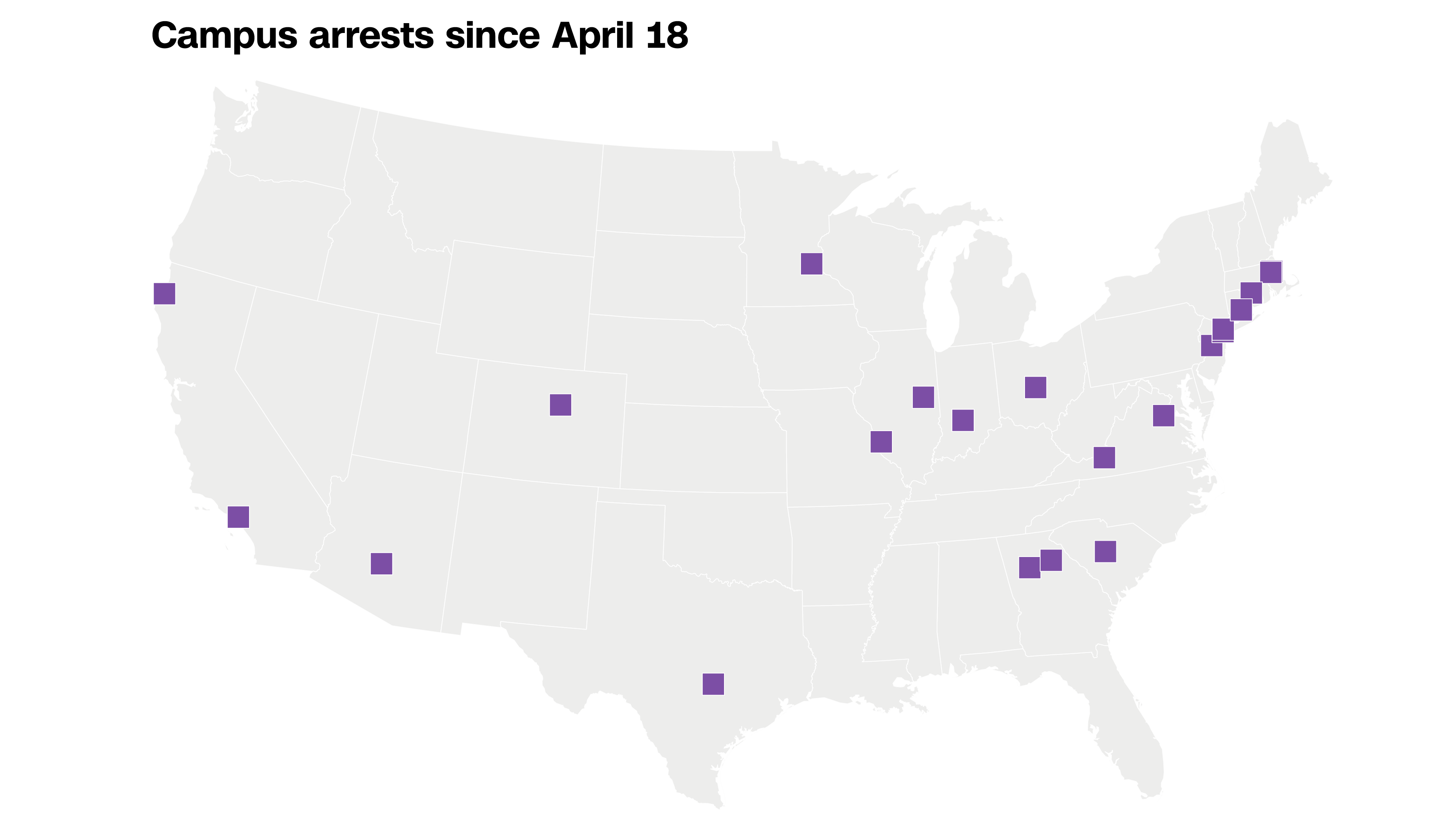School lunches will have less added sugar, sodium under new rule
Apr 26, 2024, 9:18 AM | Updated: 11:58 am

The final rule announced on Wednesday will be implemented in phases over the next few years.
K-12 schools serve breakfasts and lunches to nearly 30 million children every school day. These meals are the main source of nutrition for more than half of these children, according to the USDA.
While school meals are paid for by local and federal funding, the standards for what is served are set by the USDA in line with the US Dietary Guidelines. The changes announced Wednesday are the first large-scale reform of school meal standards since President Barack Obama signed the 2010 Healthy, Hunger-Free Kids Act into law. The Biden administration has also set forth a national strategy to end hunger and reduce diet-related disease by 2030.
Studies show that the content of school lunches really does affect the health and nutrition of school children. The changes that took effect under the Obama administration to push more fruits, vegetables, whole grains and low-fat dairy products significantly decreased kids’ and teens’ body mass index, according to one study.
The final rule is very similar to the proposal that was outlined about a year ago and considers feedback from more than 136,000 public comments and more than 50 listening sessions with state agencies, school districts, advocacy organizations, food manufacturers and more stakeholders.
Current dietary guidelines recommend limiting added sugars to less than 10% of daily calorie intake, but data from the 2014-15 school year found that the average school lunch had 11% added sugars and breakfast had 17% added sugars. Beginning in the 2025-26 school year, certain products — including breakfast cereals, yogurt and flavored milk — will have specific limits on added sugars. By the 2027-28 school year, weekly meal calories will be capped at 10% added sugars.
While the initial proposal from the USDA suggested a gradual reduction in sodium, with three 10% cuts phased in over multiple years, the final rule requires one 15% cut in sodium in lunches and one 10% cut in sodium in breakfasts by the 2027-28 school year. Given the current sodium levels in the broader food supply, this adjustment considers the “time needed for product reformulation and for student palates to adjust,” according to the USDA rule.
The updated standards are an “important step forward” in the right direction, Nancy Brown, chief executive of the American Heart Association, said in a statement.
“Added sugars are a significant source of excess calories, provide no nutritional value and may cause weight gain and increased risk for cardiovascular disease, diabetes and other chronic health conditions. We are thrilled to see the USDA has followed the recommendations from a 2022 citizen petition from the American Heart Association and other public health groups to include an added sugars standard in this final rule,” she said. “Although we are disappointed that the whole grain standard does not fully align with the Dietary Guidelines for Americans, and the sodium standard does not require more significant reductions, we understand recent legislation limited USDA’s ability to go further.”
School meals will continue to emphasize fruits and vegetables, whole grains and cultural and religious food preferences for balanced meals that kids want to eat, the USDA said in a news release. Beginning next school year, schools will also have the option to require unprocessed agricultural products to be locally grown, raised or caught.
“We all share the goal of helping children reach their full potential,” Agriculture Secretary Tom Vilsack said in the news release. “Like teachers, classrooms, books, and computers, nutritious school meals are an essential part of the school environment, and when we raise the bar for school meals, it empowers our kids to achieve greater success inside and outside of the classroom.”
CNN’s Jen Christensen contributed to this report.













